No Results Found
The page you requested could not be found. Try refining your search, or use the navigation above to locate the post.


CISA, reports that cyber attackers are using phishing messages or applications masked as trusted sources against newly —and often rapidly—deployed remote access and teleworking infrastructure. To protect your organization and employees, it is imperative to reduce the risk of cyber threats by building programs that effectively manage these threats. The establishment and practice of a cybersecurity program or system of protection that reduces risk from cyberattacks is essential to business continuity and data protection of any organization’s workforce. This can include assessing and securing cyber systems, developing a skilled and compliant workforce, and building a skilled information technology (IT) security team to detect and resolve threats.
If your organization has not built, trained, or exercised a cybersecurity program, now is certainly the time to do so. SummitET® can help you develop a tailored program to meet your business needs. Our top-in-field experts perform penetration testing, vulnerability assessments, social engineering testing, workforce, and information technology team training, and exercises that test incident action planning, processes, and procedures.
With emerging threats changing the business and workforce environment, organization’s must protect assets, data, and members of its workforce. To learn more about SummitET’s cybersecurity preparedness solutions or to speak directly to one of our experts.
For official, verified cyber-related alerts, questions, or to report a cyber issue, visit the Department of Homeland Security Cybersecurity and Infrastructure Security Agency (CISA) website at: https://www.cisa.gov/insights.
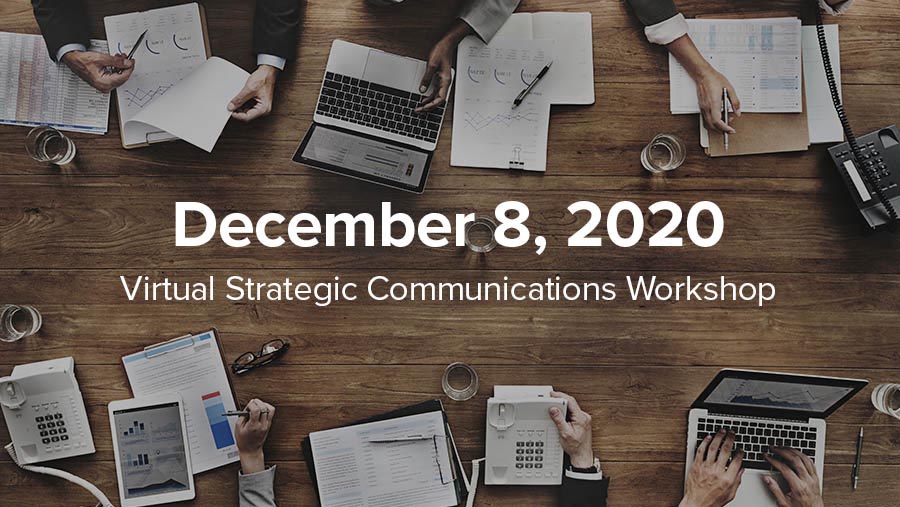
This three-hour workshop offers practical solutions for building relationships, enhancing internal and external communications, streamlining information coordination and approval processes, and enhancing the information management cycle for the virtual Joint Information System/Joint Information Center.
Please review the terms and conditions in the Course Agreement. Please review Eventbrite’s Terms of Service and Privacy Policy for complete details.
Registration Deadline December 2, 2020
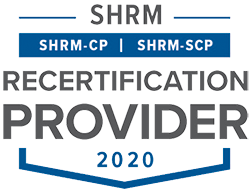
SummitET is recognized by SHRM to offer Professional Development Credits (PDCs) for SHRM-CP® or SHRM-SCP®. For more information about certification or recertification, please visit www.shrmcertification.org.
Develop strategies for incorporating digital and social media and new technology into the Information Management Cycle.
Develop strategies for incorporating digital and social media and new technology into the Joint Information System and Joint Information Center.
Discuss best practices and lessons learned.
Knowledge Checks
Polling
Breakout room activities
Scenario-based interactive exercises
This course is open to anyone present in the United States at the time of the live event.
Corporate Communications
Emergency Management
Emergency Medical Services
Fire & Rescue Services
Government
Health Care
Higher Education
Human Resources
Law Enforcement
Public Health
Public Relations
Public Safety Communications
Public Works

SummitET® Vice President of Communications and Marketing
As Vice President of Communications and Marketing, Mark is responsible for developing and implementing the long-term communication & marketing vision for Summit Exercises & Training®.
Mark is a John Maxwell Team certified speaker, trainer, coach, and a graduate of the Charlotte Leadership Forum. He is a member of the National Association of Government Communicators, and a U.S. Army Veteran. Mark is a founding member and a past Chair for the Department of Homeland Security (DHS) Virtual Social Media Working Group. He served as a Lead Public Information Officer during the 2012 Democratic National Convention and had a significant role in planning, coordinating and implementing the Joint Information Center for Charlotte-Mecklenburg. Mark is an alumnus of the inaugural FEMA 389 Masters Public Information Officer Program and a former adjunct instructor for the Emergency Management Institute (Emmitsburg, MD). He has been a keynote speaker, trainer, and panelist for numerous conferences including the National Association of Government Communicators (NAGC) Communication School, National Information Officers Association (NIOA) Conference, National Emergency Manager Association (NEMA) Conference, National Radiological Emergency Preparedness (NREP) Conference, Government Social Media Conference, Urban Areas Security Initiative (UASI) Conference, and Great Lakes Homeland Security Conference. Mark has also been a speaker and trainer internationally for the governments of Seoul, Korea, Abu Dhabi, UAE, and Taipei, Taiwan.

SummitET® Strategic Communications Program Manager
As the Strategic Communications Program Manager at SummitET Holly manages, develops, and delivers public affairs, risk and crisis communication and emergency public information training, exercise support, and technical assistance. Holly also manages strategic communications research analysis, in addition to developing publications related to the enhancement of advanced communications systems for public safety and health.
Prior to joining SummitET, Holly served as an Emergency Management Communications Analyst at Argonne National Laboratory and co-established the Public Affairs Science and Technology Fusion Cell, as well as the National Public Affairs Academy. At Argonne, Holly was responsible for assisting government agencies, non-governmental organizations, and private sector groups with plans, protocols, procedures, training, and exercises relating to internal and external affairs. Prior to Argonne, Holly worked for the Department of Justice in counterterrorism programs and was a first responder in the Department of Energy Oak Ridge Reservation Joint Information Center where she also managed a cadre of technical experts and provided risk and crisis communication and digital/social media expertise to Federal, state, and local government agencies, in addition to the commercial nuclear industry.
Contact our team at info@summitet.com
The page you requested could not be found. Try refining your search, or use the navigation above to locate the post.
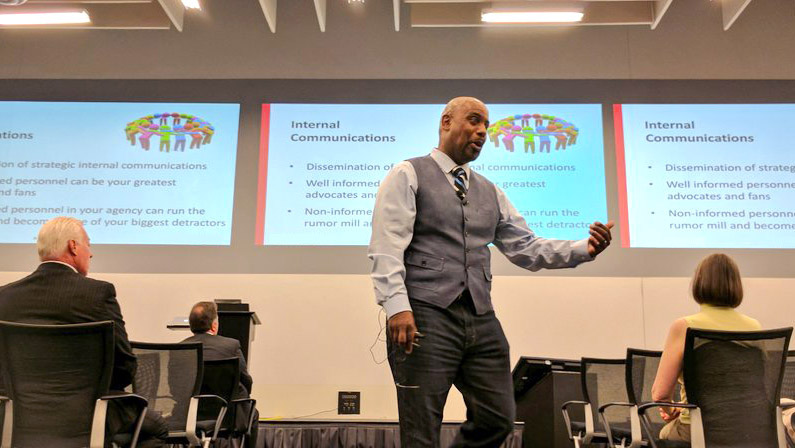
October 1, 2020 – St. Petersburg, FL. Summit Exercises and Training LLC (SummitET®), a Preparedness Solutions Company®, announces the promotion of Mark Basnight as Vice President of Communications and Marketing. Based in the Greater Greenville Area of South Carolina, Mark will take responsibility for positioning SummitET as a leading provider in tailored preparedness solutions for public and private organizations to build resiliency and mitigate risk before, during and after crises.
Prior to joining SummitET, Mark was responsible for marketing and promotion of strategic communications programs, workshops, exercises, and training for Argonne National Laboratory’s (ANL) Public Affairs Science and Technology (PAST) Fusion Cell. He is also a John Maxwell Team certified speaker and trainer, a founding member and past Chair for the Department of Homeland Security (DHS) Virtual Social Media Networking Group, a member of the National Association of Government Communicators, and a U.S. Army Veteran.
“SummitET has made a commitment to enhanced communication and marketing efforts. Mark’s expertise and passion will be integral for the development of internal communications, public relations, and marketing initiatives. As a result, we will be able to better support our staff and customer’s needs,” stated John Duda, Chief Executive Officer. “We couldn’t be more excited to welcome Mark to our leadership team.”
Since hiring Mark in January 2020, SummitET has expanded to government and corporate sector communication needs including risk and crisis communication, social and digital media, internal communication, community relations and education, and reputation management.
“Strong communication is at the very core of everything we do,” added Mark. “Now more than ever our customers are looking to us to support them in navigating the current challenges and preparing for future crisis events.“Building compacity in our communication and promoting our accomplished personnel and diverse work experience will strengthen our customer experience and support future growth.”
Learn more about Mark: www.summitet.com/industry-experts
Congratulate Mark Here: https://www.linkedin.com/feed/update/urn:li:activity:6717433302170513408
About SummitET®
Summit Exercises and Training LLC is a U.S.-based, veteran-owned company that provides proven full spectrum preparedness solutions through industry-leading experts and impeccable customer service. Our diverse team supports corporate and governmental partners in developing solutions that address issues of critical infrastructure, radiological and emergency preparedness, cybersecurity, workplace safety, active shooter programs, counterterrorism, strategic communications and other disaster-related training.
Media Contact
Ron Edmond
Email: ronedmond@summitet.com
Phone: 865-567-2248
The page you requested could not be found. Try refining your search, or use the navigation above to locate the post.

Convoluted incidents, the political environment, and natural disasters create challenging communication situations. Recognizing underlying driving factors, our own strengths and weaknesses, and having the ability to identify and address communication complexities affect our ability to respond properly and communicate effectively. We are living in unprecedented times and facing new challenges requiring different approaches and well-practiced communication skill sets. This blog addresses how to approach individual and organizational communication strength training and how to increase understanding.
Culture, generation, personal history, perception, bias, prejudice and lack of understanding are just a few communication complexities adversely affecting our ability to respond properly and effectively. These complexities can and will influence how our intended audiences respond to our messages. Communication skills, like muscles, must be exercised to maintain tone and strength. Athletic trainers teach that muscle response should be challenged from different vantage points. Preparing risk and crisis communication muscles should be exercised from different vantage points as well. Failure to exercise our communication muscles may reduce communication gains, inhibit communication growth and result in communication atrophy.
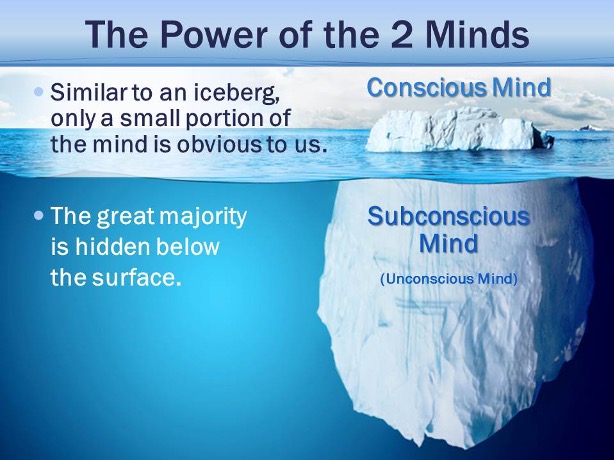
One component of communication strength training is awareness of biases and prejudices, and increasing understanding of communication complexities. It is important to recognize how personal history shapes our perspective and communication style. Our communication skills should allow us to “listen for understanding, not agreement.” Realizing the same things can mean different things to different people demonstrates the importance of active listening skills and the complexities of effective communication.
So, how do organizations and agencies prepare to respond to the convergence of several sensitive and challenging matters impacting our communities today? As futurist and philosopher Alvin Toffler once wrote: “The illiterate of the 21st century will not be those who cannot read and write, but those who cannot learn, unlearn, and relearn.” We need to develop and exercise our fast-twitch communication muscles. Regularly exercising helps to be prepared to respond when needed, enhances organizational ability to respond to unpredictable events, provides organizational agility, and integrates specific, high intensity training. Organizations and agencies, much like athletes, should specifically train to optimize their fast-twitch communication muscles to strengthen their strategic communication plans.
Exercising these communication skills enables businesses to sprint through difficult times, jump over obstacles, become more agile in challenging situations, and operate at peak performance levels in high intensity environments. Being an elite strategic communicator requires development of communication muscles to identify and address the complexities of communication.
Current events have highlighted need for more advanced and strategic communication in uncertain times. Regardless of the position we hold or authority we have been given, at some point, we all must face our own communication complexities, strengths, and weaknesses. Preparing your organization or agency to address communication complexities verifies our strengths, highlights our weaknesses, and provides avenues for improvement. Communication complexities require real talk, by real people, who are well-trained, well-prepared, and ready to address real issues.
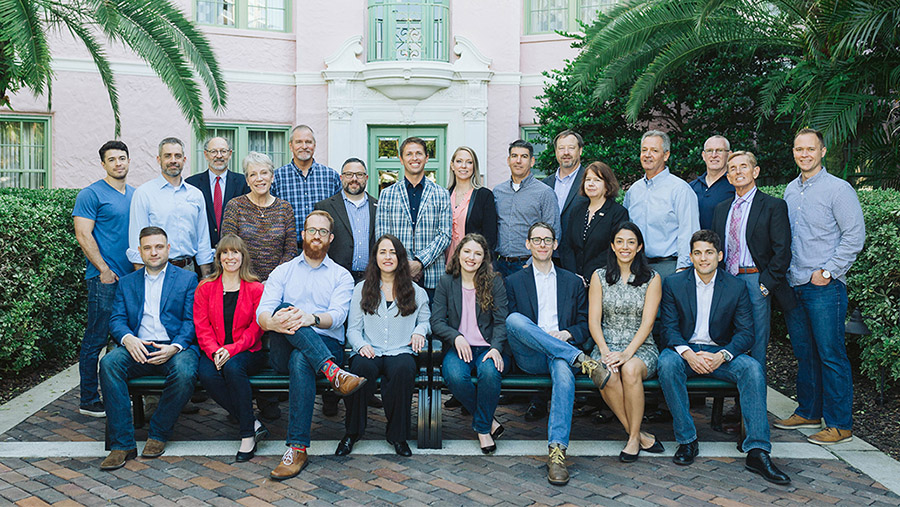
August 12, 2020 – St. Petersburg, FL. – Today, Inc. magazine released its annual list of the nation’s 5000 fastest growing companies. Summit Exercises and Training LLC (SummitET®) is new to the list this year and secured a position in the top 50%. SummitET’s listing occurred as a result of a three-year revenue growth of over 166 percent. This prestigious list provides a unique look at the top performing companies within the American economy’s most dynamic segment—its independent small businesses. Many well-known corporations gained their first national exposure as honorees on the Inc. 5000.
“Our experienced and talented team has garnered attention from the preparedness community and contributed to our notable growth,” stated John Duda, SummitET CEO. “SummitET continues to gain new clients in both the government and private sectors which has been driven by customer confidence and satisfaction in our offerings and customer service.”
Complete results of the Inc. 5000, including company profiles and an interactive database can be sorted by industry, region, and other criteria. This information can be found at www.inc.com/inc5000. The top 500 companies are also being featured in the September issue of Inc., available on newsstands August 12.
“The companies on this year’s Inc. 5000 come from nearly every realm of business,” says Inc. editor-in-chief Scott Omelianuk. “From health and software to media and hospitality, the 2020 list proves that no matter the sector, incredible growth is based on the foundations of tenacity and opportunism.”
The annual Inc. 5000 event honoring the companies on the list will be held virtually from October 23 to 27, 2020. As always, speakers will include some of the greatest innovators and business leaders of our generation.
About SummitET®
Summit Exercises and Training LLC is a U.S.-based, veteran-owned company that provides proven full spectrum preparedness solutions through industry-leading experts and impeccable customer service. Our diverse team supports corporate and governmental partners in developing solutions that address issues of critical infrastructure, radiological and emergency preparedness, cybersecurity, workplace safety, active shooter programs, counterterrorism, strategic communications and other disaster-related training.
Media Contact
Ron Edmond
Email: ronedmond@summitet.com
Phone: 865-567-2248
Methodology
The 2020 Inc. 5000 is ranked according to percentage revenue growth when comparing 2016 and 2019. To qualify, companies must have been founded and generating revenue by March 31, 2016. They had to be U.S.-based, privately held, for profit, and independent—not subsidiaries or divisions of other companies—as of December 31, 2019. (Since then, a number of companies on the list have gone public or been acquired.) The minimum revenue required for 2016 is $100,000; the minimum for 2019 is $2 million. As always, Inc. reserves the right to decline applicants for subjective reasons. Companies on the Inc. 500 are featured in Inc.’s September issue. They represent the top tier of the Inc. 5000, which can be found at http://www.inc.com/inc5000.
About Inc. MediaThe world’s most trusted business-media brand, Inc. offers entrepreneurs the knowledge, tools, connections, and community to build great companies. Its award-winning multiplatform content reaches more than 50 million people each month across a variety of channels including websites, newsletters, social media, podcasts, and print. Its prestigious Inc. 5000 list, produced every year since 1982, analyzes company data to recognize the fastest-growing privately held businesses in the United States. The global recognition that comes with inclusion in the 5000 gives the founders of the best businesses an opportunity to engage with an exclusive community of their peers, and the credibility that helps them drive sales and recruit talent. The associated Inc. 5000 Conference is part of a highly acclaimed portfolio of bespoke events produced by Inc. For more information, visit www.inc.com.
The page you requested could not be found. Try refining your search, or use the navigation above to locate the post.